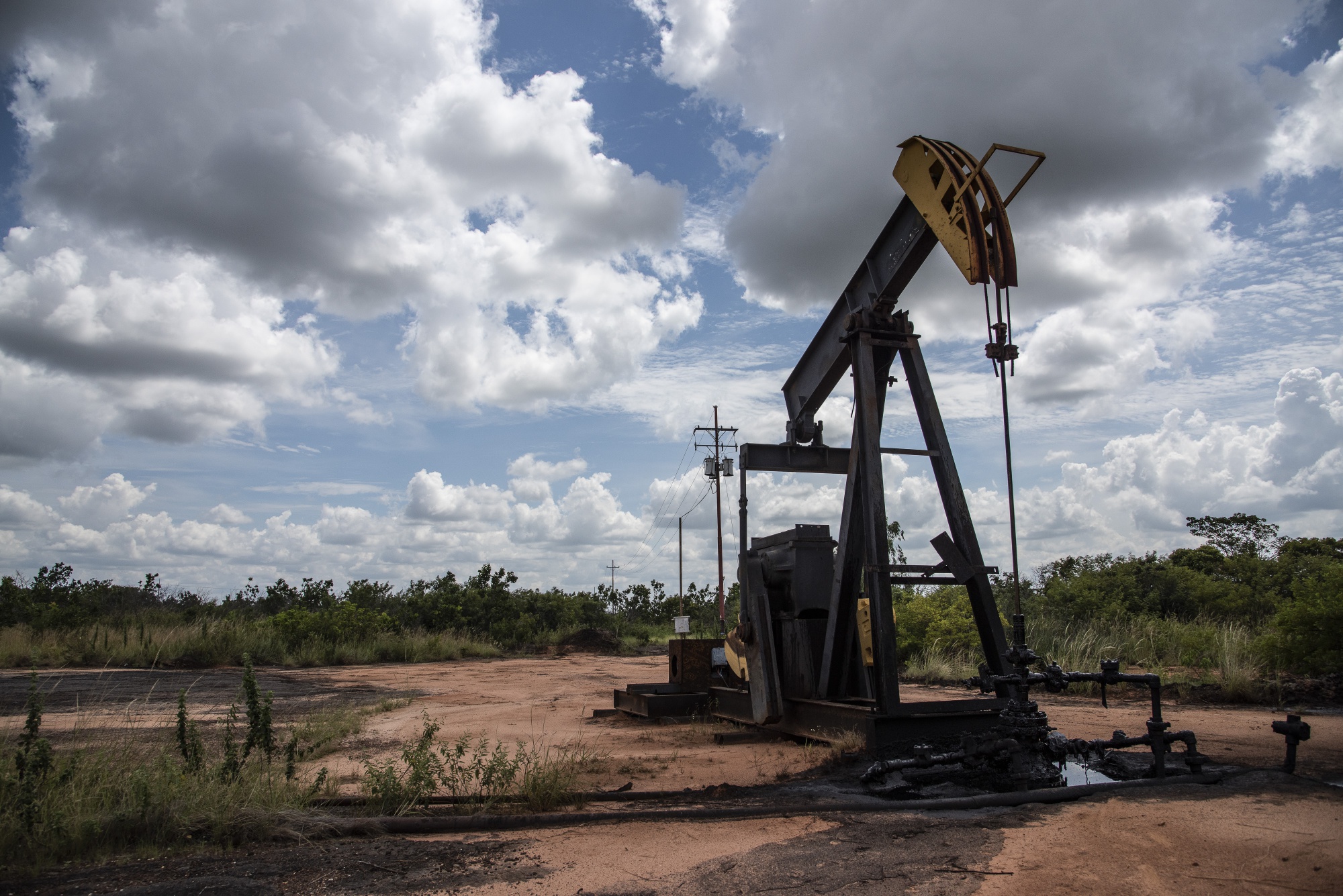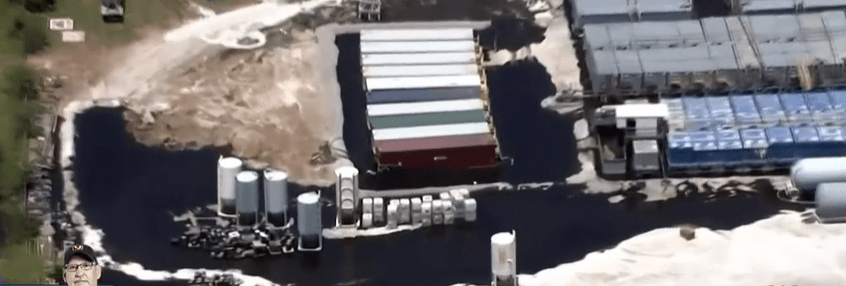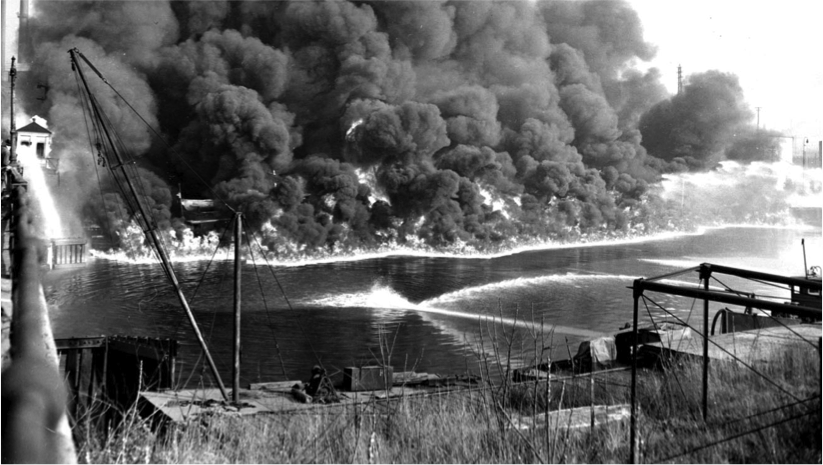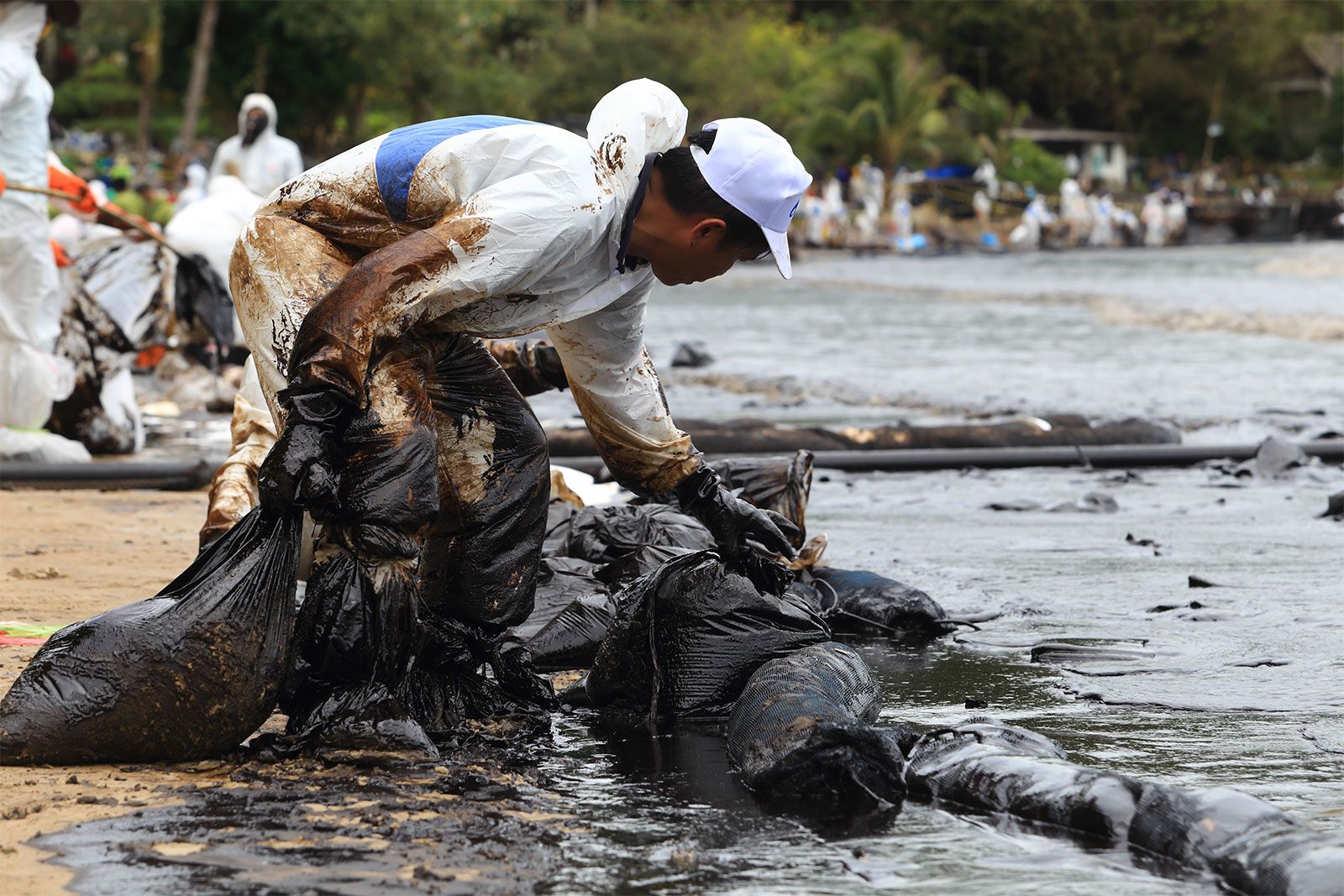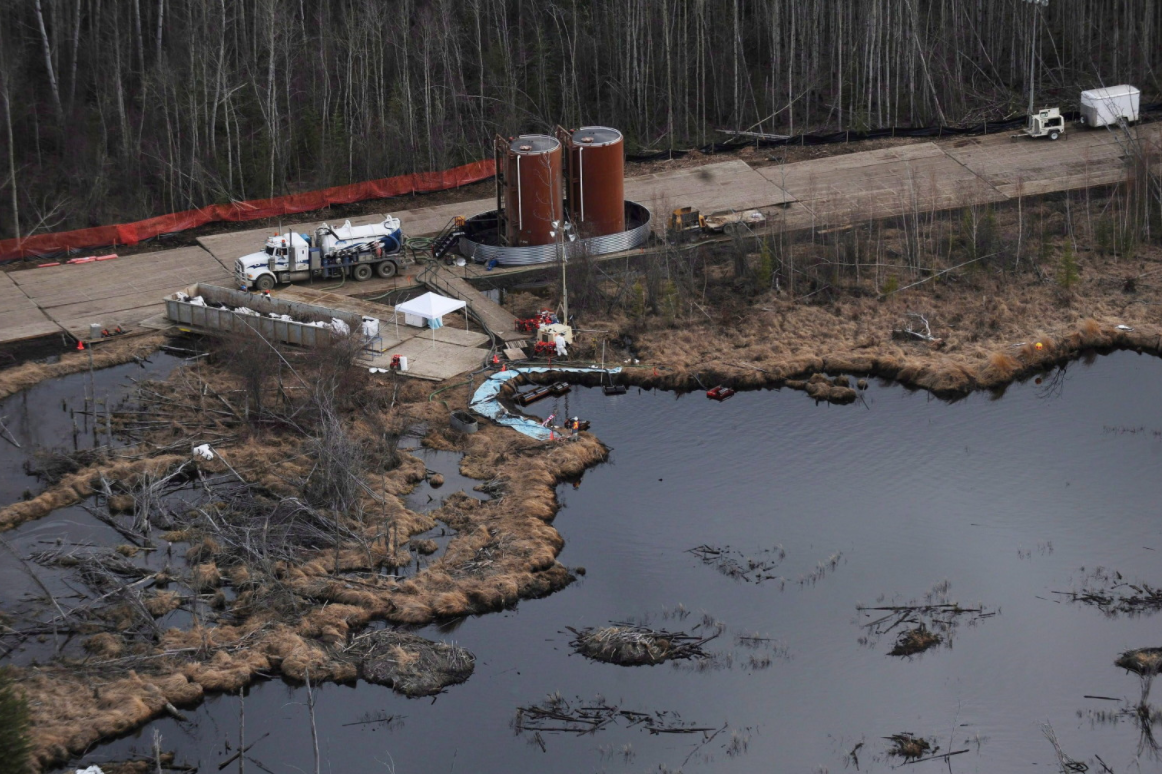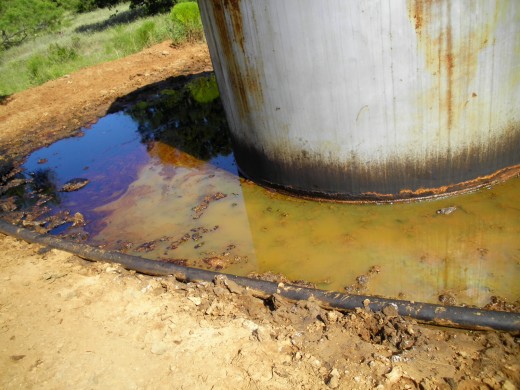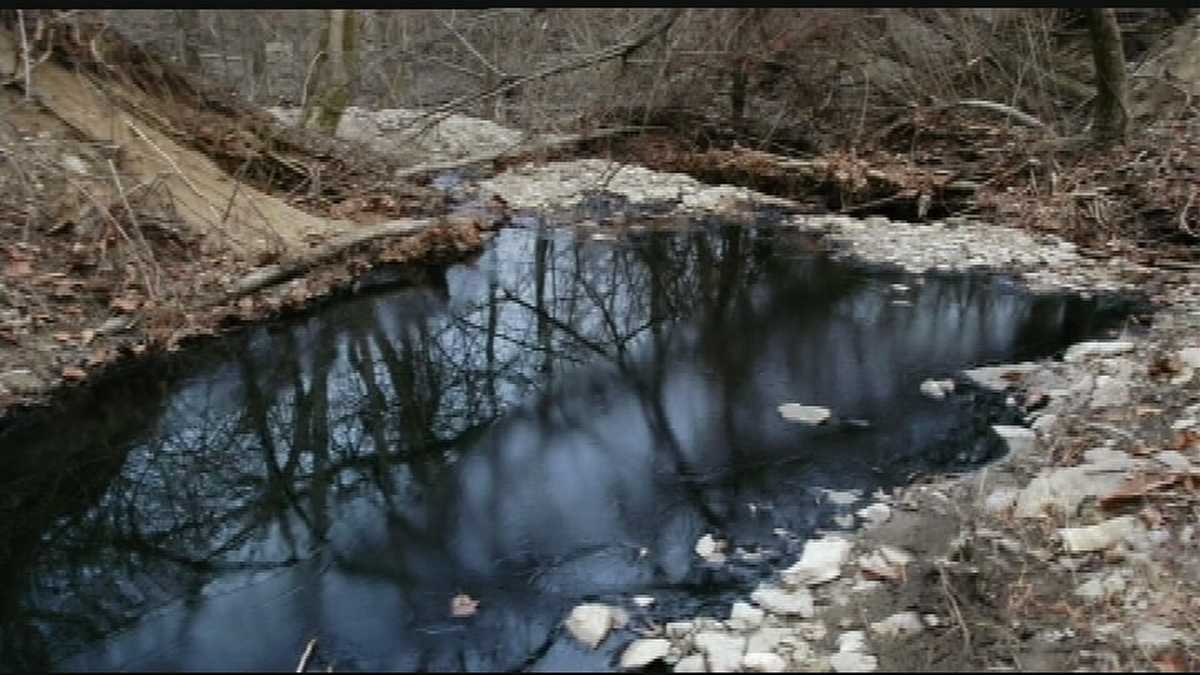
(405)360-2784
SPILL PREVENTION, CONTROL & COUNTERMEASURE PLANS:
What is an SPCC Plan?
An SPCC plan is a complete report of a facility’s plan for minimizing an oil spill or eliminating it all together. An oil spill could be harmful to the environment, which is why the EPA has mandated laws for spill prevention, control and countermeasure plans. Facilities engaged in non-transportation related activities (oil storage for use or distribution, drilling, producing, transferring or refining) could potentially discharge contaminants in harmful quantities into the environment and must have an SPCC plan. A Spill Plan must be accompanied by a Contingency Plan.
Who Needs an SPCC Plan?
Owners or operators of facilities engaged in drilling, producing, gathering, scaring, processing, refining, transferring, or consuming oil and oil products, providing;
1. The facility is non-transportation related. (Non-transportation-related activities, such as oil storage for use or distribution, drilling, producing, transferring, or refining)
2. above ground aggregate storage capacity of a facility is greater than 1320 gallons.
3. facilities, which, due to their location could reasonably expect spilled oil to reach the navigable waters of the United States.
*Failure to have an SPCC plan in place, will lead to consequences shown below
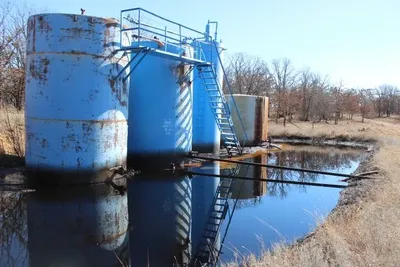
Consequences of Negligence
Understand the dangers posed by oil contamination, and learn from these examples of environmental harm. Failure to have an SPCC Plan in place can result in severe penalties. In the event of an emergency, such as a spill, the EPA can issue fines of up to $32,500 per day, or $1,100 per barrel or unit that can increase in the event of gross negligence or willfulness. Additionally, failure to review your plan in a manner consistent with the law, modify your plan with each facility upgrade, or certify amendments can be grounds for fines that can exceed $1,500 per facility, and can lead to mandatory appearances in Federal Court.
